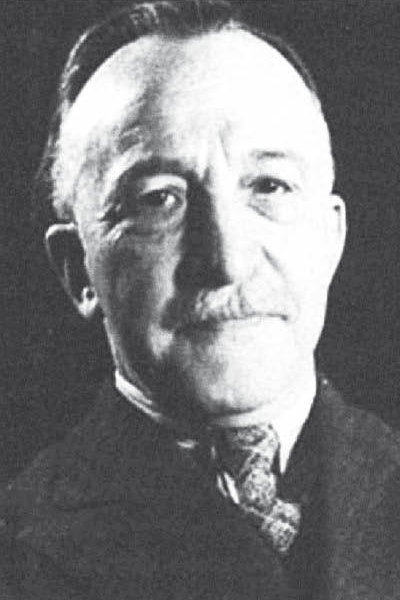Holocaust
The Holocaust, also known as Shoah, refers to the systematic persecution and genocide of Jews by the Nazis and their allies before and during the Second World War. Roma, Sinti, homosexuals, and the disabled are also prosecuted and murdered on a large scale.
For this purpose, special extermination camps, such as Auschwitz-Birkenau, Sobibor, and Treblinka, are being built mainly in Eastern Poland. Once there, the Jews and other civilians arrested during raids are gassed almost without exception.
Victims: an estimated 5.5, 7.6 million citizens

